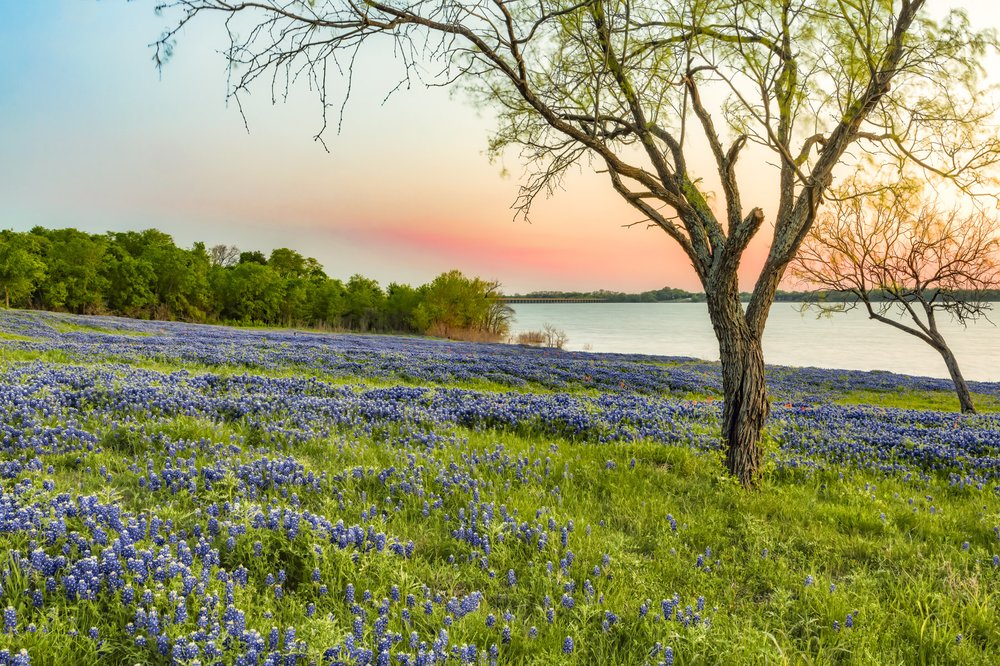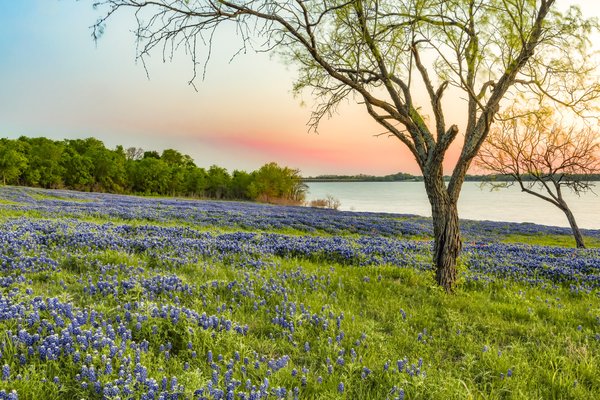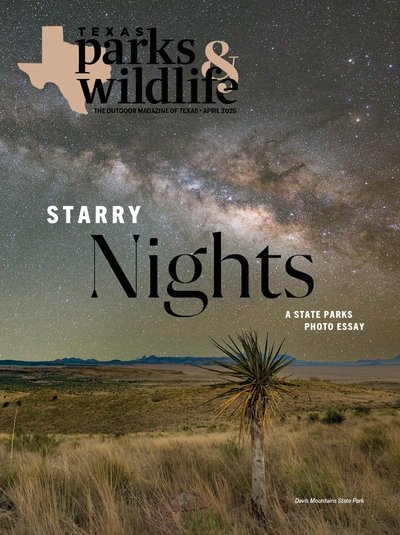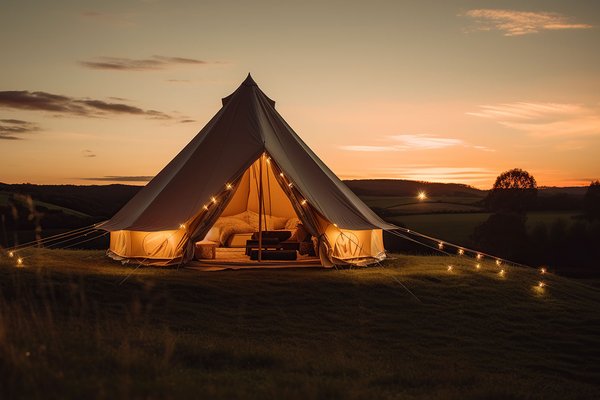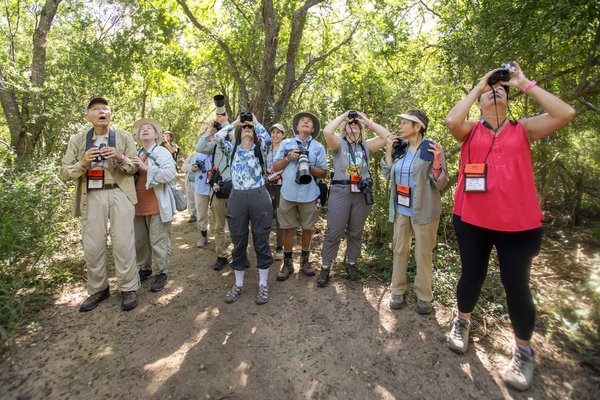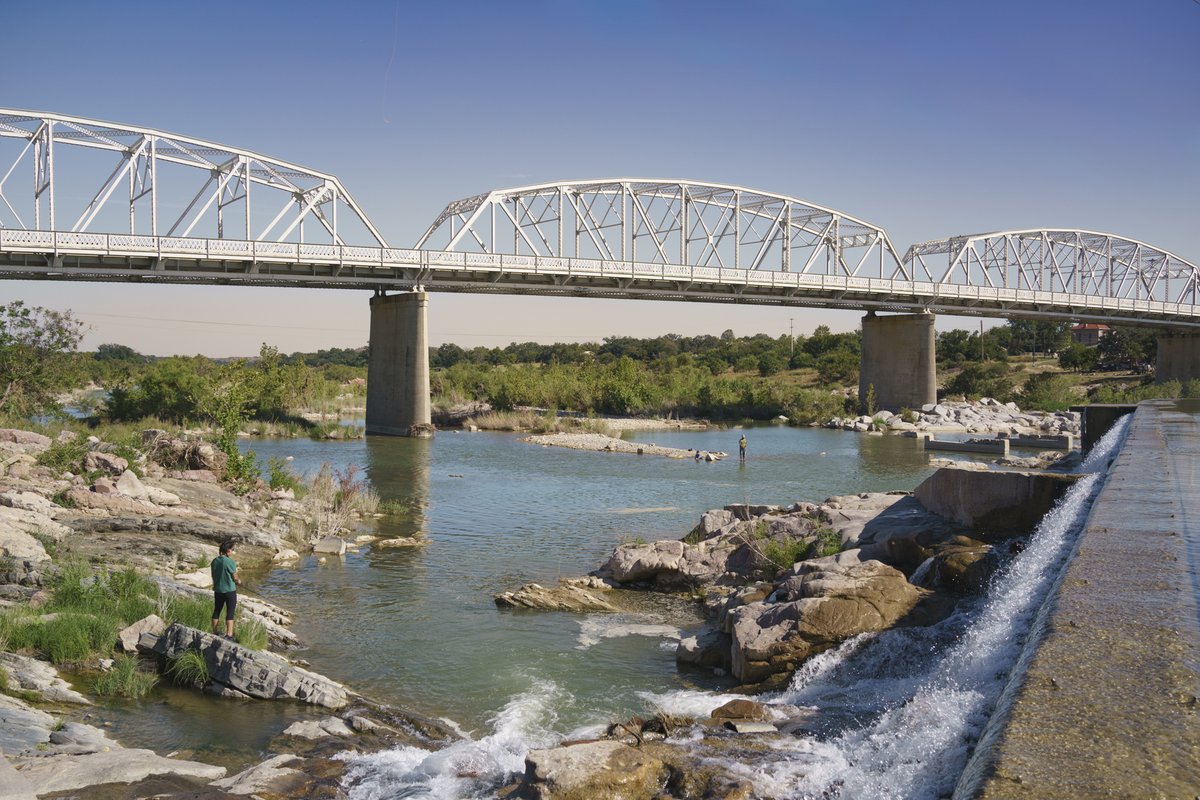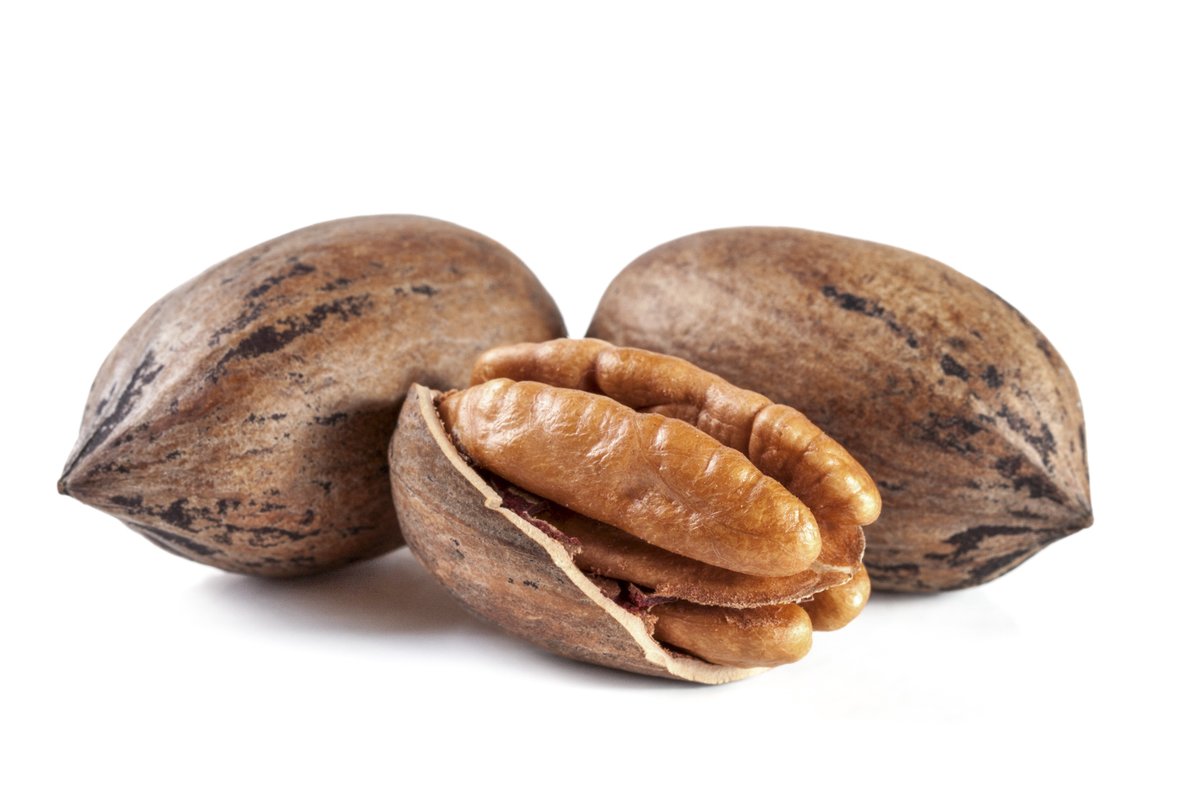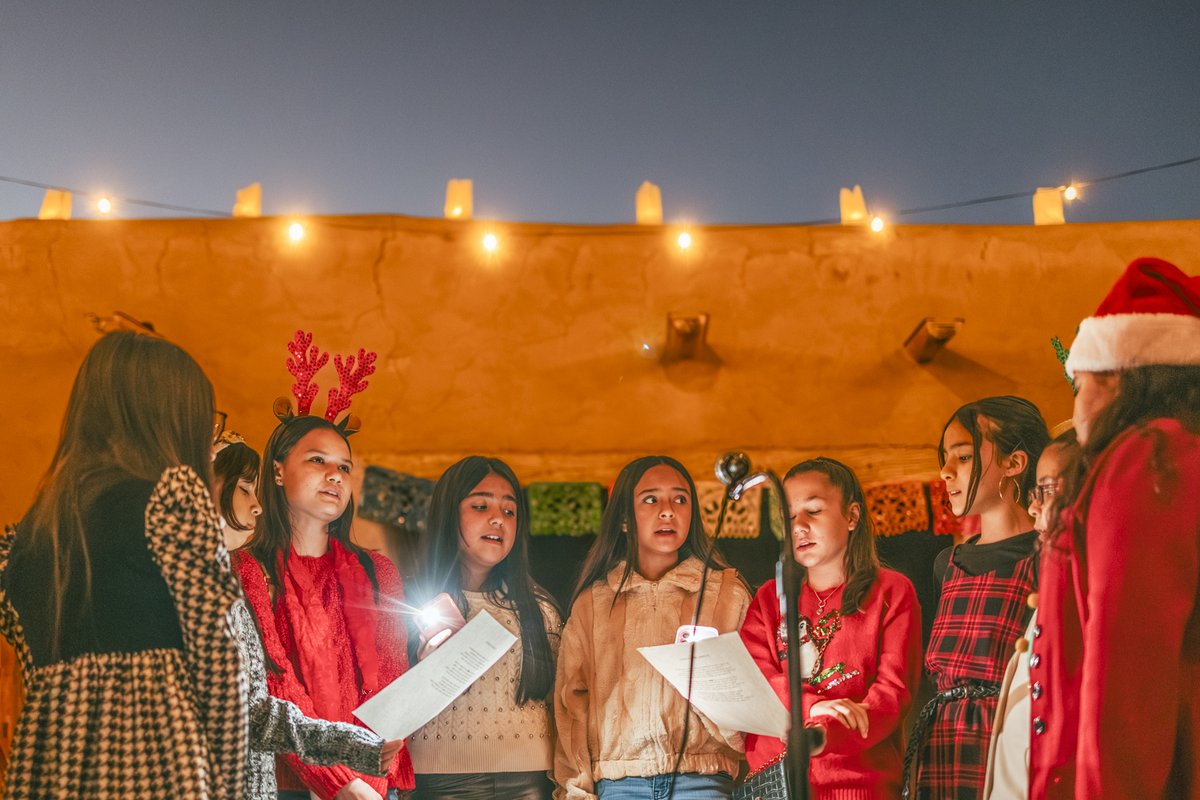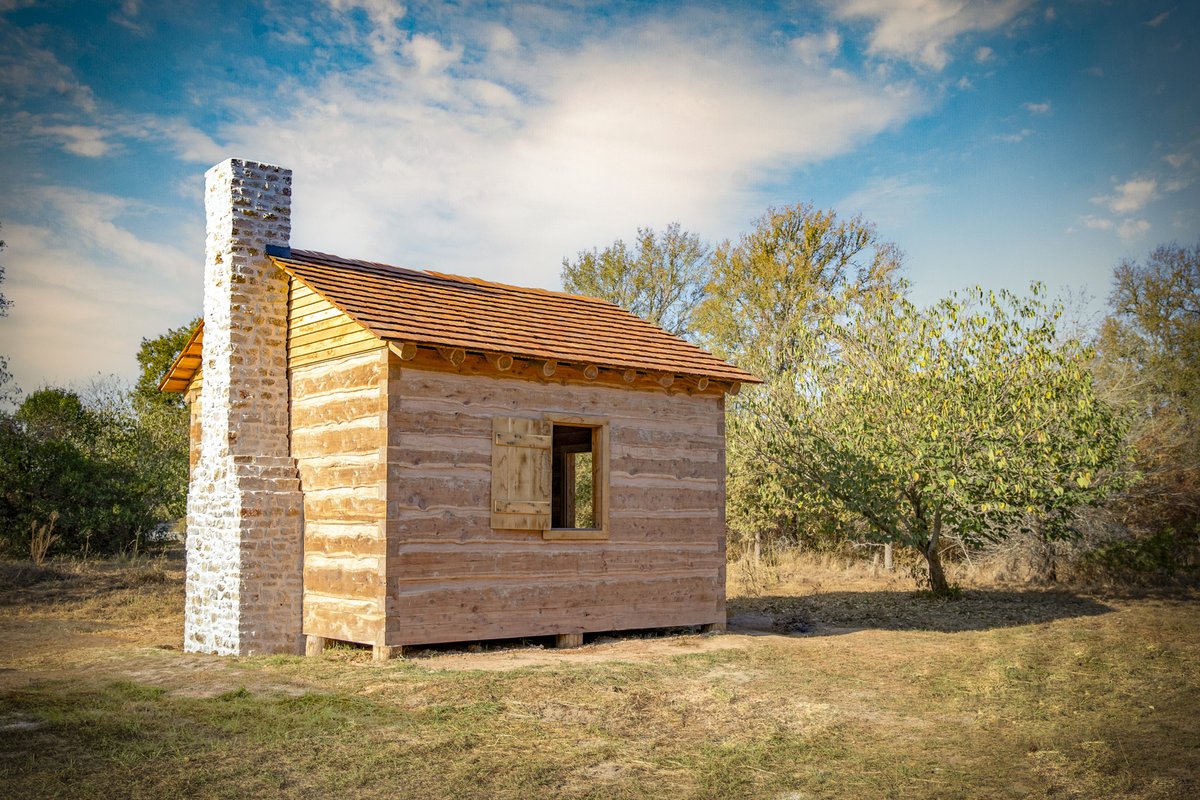Family trips, especially those involving young children, come with their ups and downs. Our spring adventure to the Ennis Bluebonnet Trails and Festival, for example, included colorful fields of flowers, bad weather and a kid with a late-night stomach bug. Thank goodness for the hotel washer and dryer and a front desk stocked with quarters!
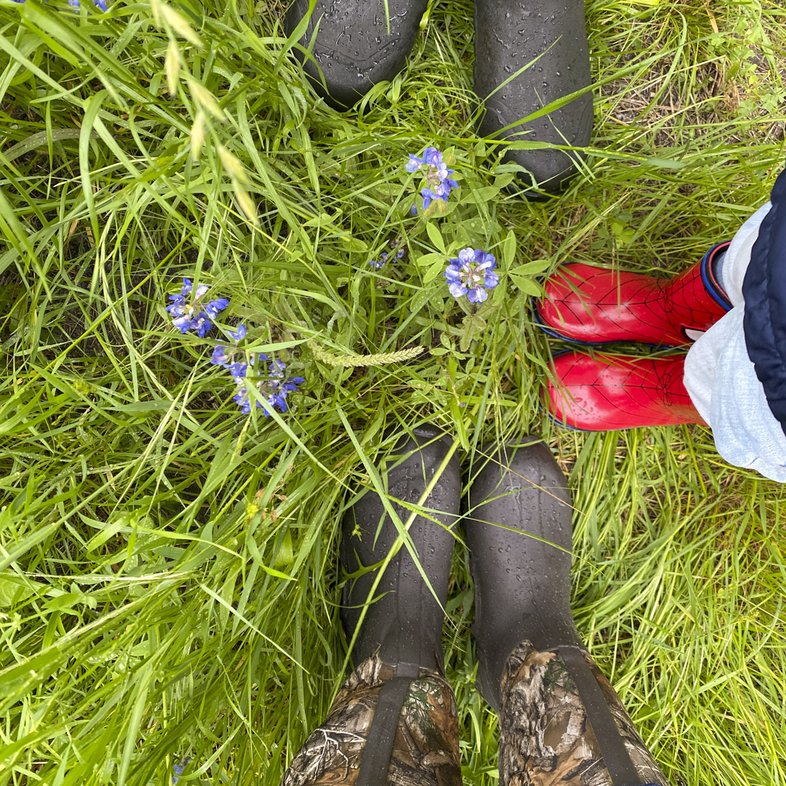
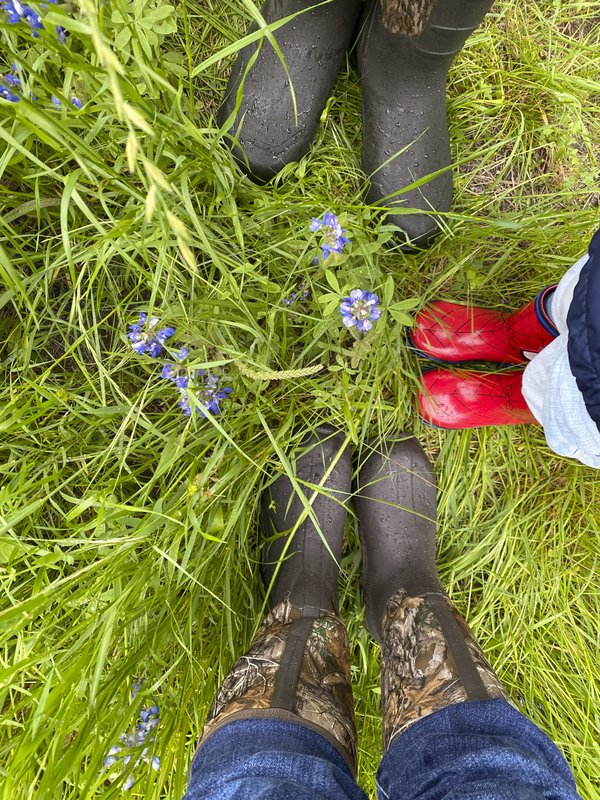
The author's family brought galoshes to weather the April showers.
The author's family brought galoshes to weather the April showers.
In the days leading up to our trip, we keep an on eye severe storms in the forecast that are threatening to rain on our parade. We decide to make the trip anyway, packing rain boots, extra towels, umbrellas and good rain jackets to see what we can make of it. Sometimes, the best adventures come from unexpected circumstances — and everyone knows springtime rains can make the blooms brighter.
For Texans, the first sight of bluebonnets along a roadway is the universal sign that spring has sprung. The Texas Legislature named the bluebonnet our state flower in 1901. Our love of bluebonnets runs deep — so deep that we couldn't pick a favorite. Texas has six species of bluebonnet. In 1901, Lupinus subcarnosus (also known as the Texas bluebonnet or sandyland bluebonnet) was designated as our original state flower. But in 1971, the designation was expanded to include all species, including West Texas cousins the tall and lanky Big Bend bluebonnet, Lupinus havardii, and the shorter, hairier annual lupine bluebonnet, Lupinus concinnus, which grows in the Franklin Mountains. Across the state, bluebonnets attract pollinators like butterflies and bees — and flower-loving Texans who hit the road each spring searching for fields of azure and indigo.
In 1997 the state Legislature designated Ennis the Official Bluebonnet City of Texas. In this quaint little town, about 30 miles south of Dallas, the Ennis Garden Club has hosted and mapped bluebonnet trails for the past 73 years. This year, as part of the Ennis Bluebonnet Trails and Festival, the club has charted out more than 40 miles of trails for wildflower enthusiasts to explore. Afterwards, visitors can hit the other fun activities, like live music, shopping, local food vendors and everything else that the festival has to offer.
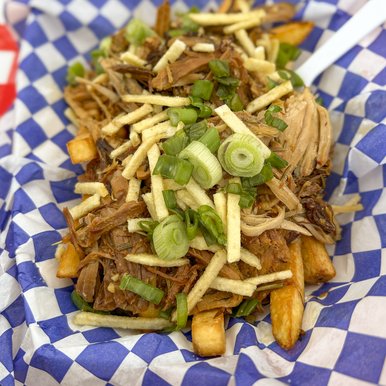
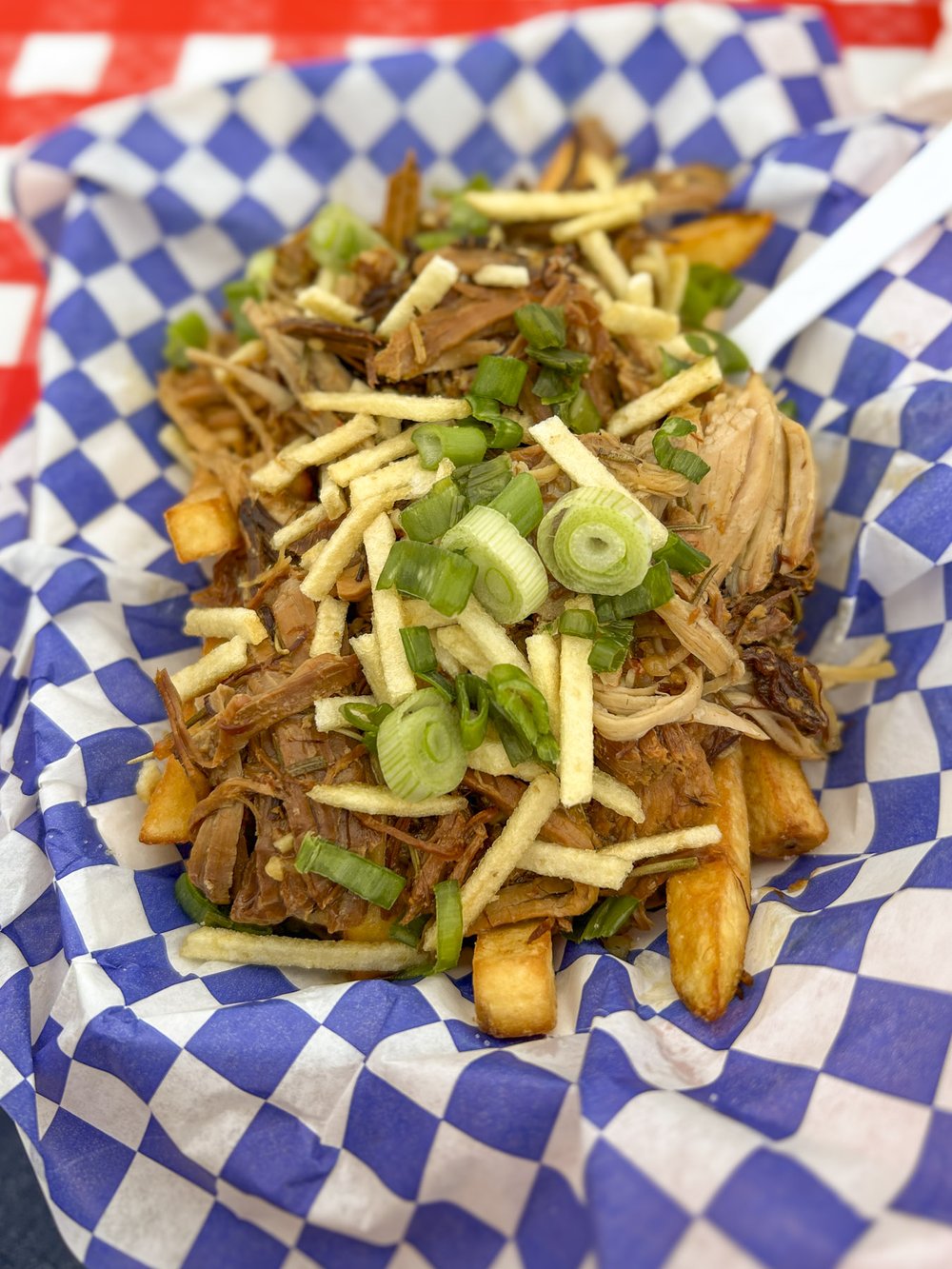
Local food vendors, live music, shopping and photo ops offer plenty for families to do.
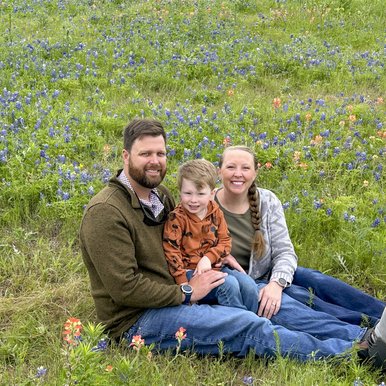
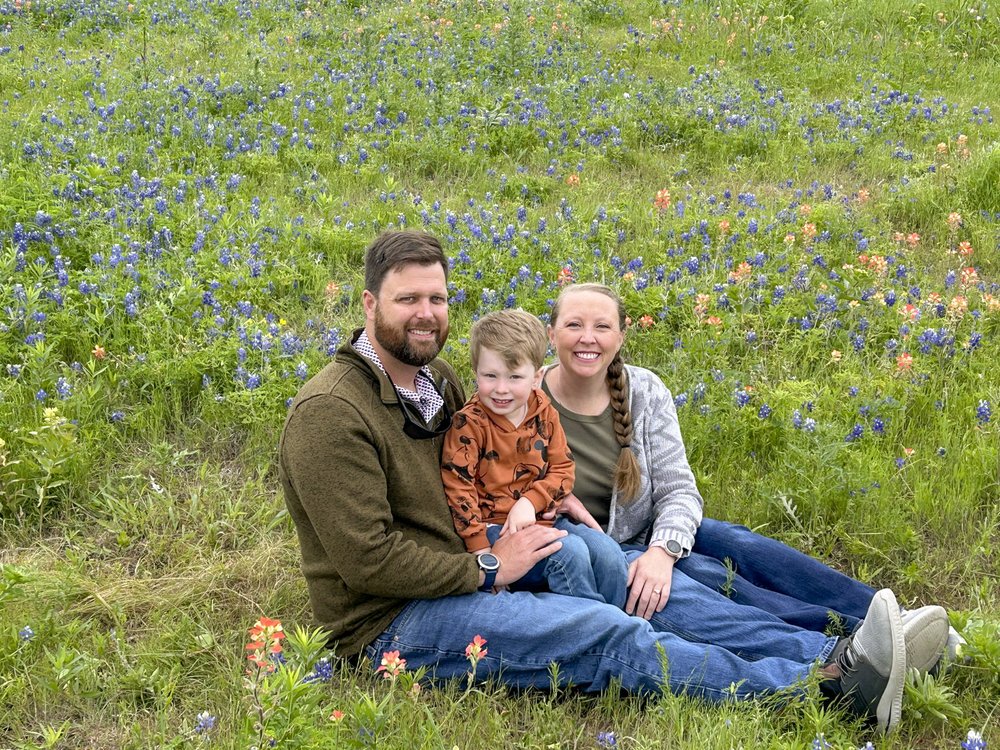
Local food vendors, live music, shopping and photo ops offer plenty for families to do.
Local food vendors, live music, shopping and photo ops offer plenty for families to do.
Upon arriving in town on Friday, we enjoy a delicious meal at the Bluebonnet City Grill, talk with an extremely welcoming staff and admire the beautiful bluebonnet mural painted on the front windows. Then we venture over to the Backyard, a family-friendly outdoor music and food truck venue, where the owner gives us a bucket of chalk for the kids to enjoy. Some hastily drawn hopscotch ladders invite kids to jump away.
Fields of Flowers
We begin our bluebonnet adventure by checking in at the Ennis Welcome Center. The exterior of the street-corner building is red and vibrant; inside, we are pleasantly surprised by a beautiful art installation. Blue ornate glass art hangs from the ceiling, mirroring the artful fields of bluebonnets outside. The friendly staff provides us with a color-coded map of the trails and a list of must-see fields and sights along the way. When you go, don't forget to download the Ennis Y'all mobile app for an interactive trails map.
Knowing that incoming severe storms could hinder our Saturday adventures, we hurry to see as many outdoor sights as possible on Friday.
Our first stop is the Meadow View Nature Area along Lake Bardwell. This field is full of photographers — both professional and amateur — and quite a few families posing among vibrant flowers with beautiful Lake Bardwell in the background.
Our family follows suit and takes a group photo sitting among the flowers, although we are slightly disappointed to see how trampled the flowers have become in certain areas. Not wanting to add to the destruction, we make sure to stay on the already worn paths to protect the blooms still waiting for their Kodak moment. After an extravagant number of photos in the field of bluebonnets and paintbrushes, we decide it is time to head to the next “must see” area on the map, Bristol.
All wildflower lovers and festival goers are encouraged not to pick or trample the bluebonnets so they can reseed for future years of beautiful fields.
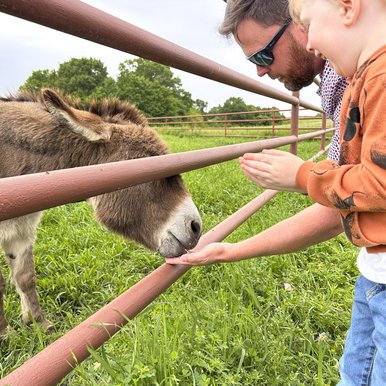
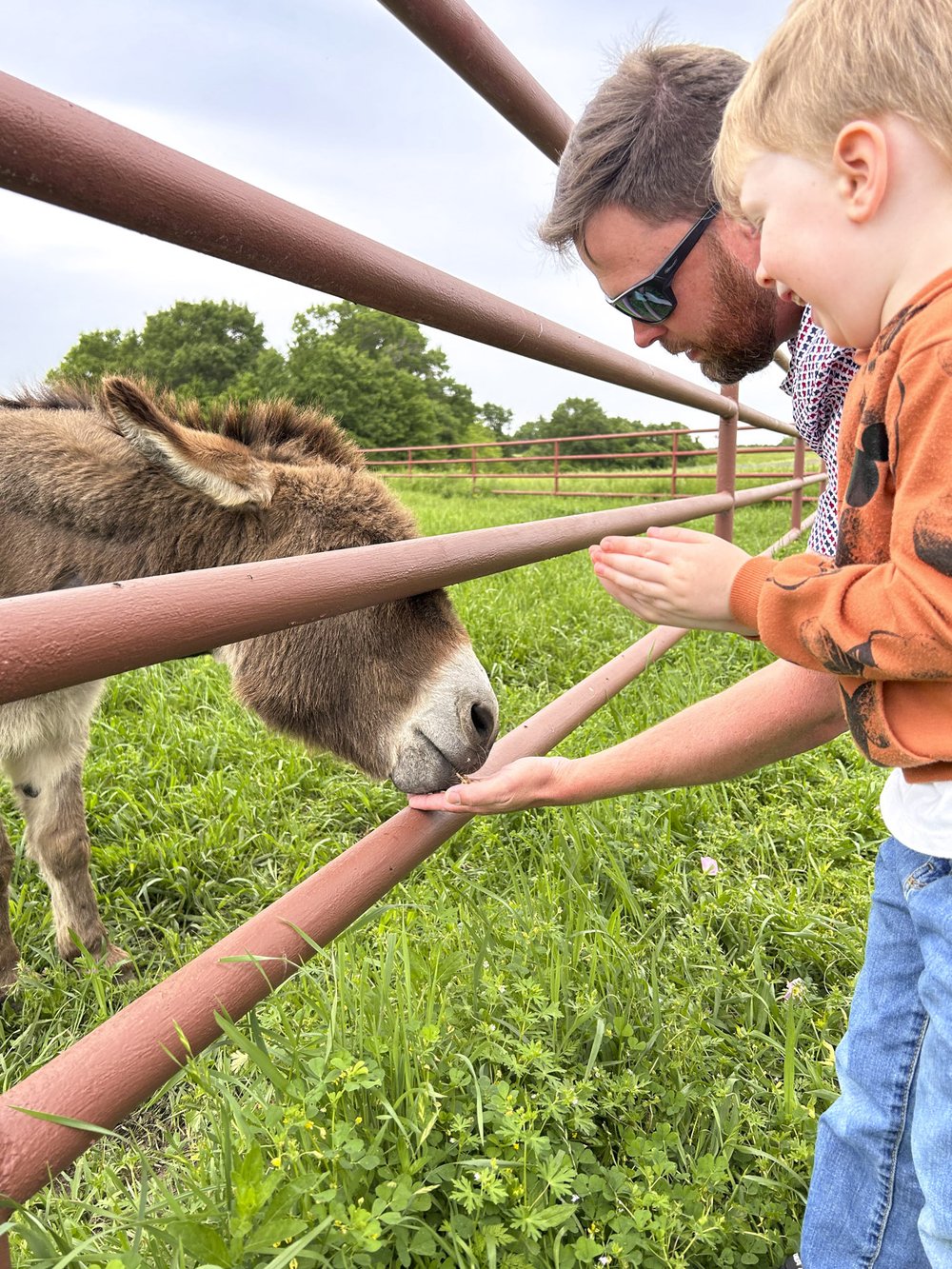
The festival's bluebonnet trails take attendees through countryside fields where flowers thrive.
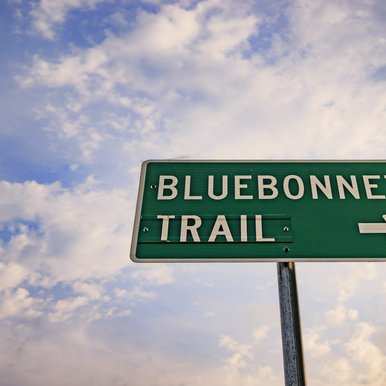
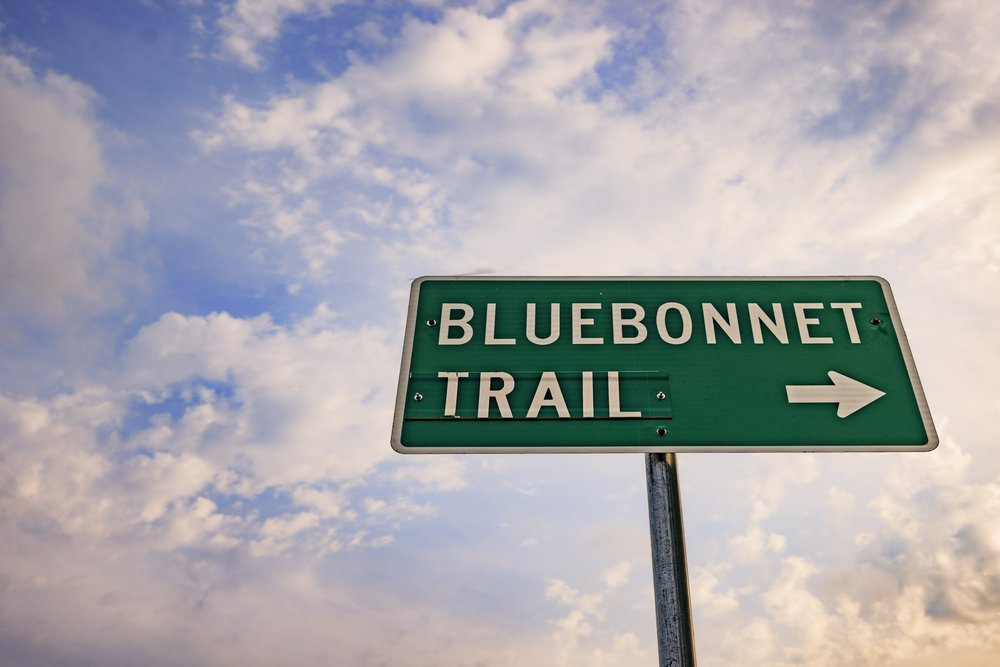
The festival's bluebonnet trails take attendees through countryside fields where flowers thrive.
The festival's bluebonnet trails take attendees through countryside fields where flowers thrive.
Fruits and Flowers
As we make our way along the map's north trail, we observe numerous hillsides full of blooming flowers in various shades of blues and oranges. We stop at Sugar Ridge Winery, where we sit at an iron table on the patio, surrounded by rose bushes and fresh air. Inside the tasting room, the friendly, knowledgeable and passionate owner and staff tell us about the wines they've created.
The next stop isn't far down the road. Sightseers veer off the roadway to visit several horses and a donkey behind an orange pipe fence at the Sugar Ridge Ranch. A blue barrel just outside the fence holds feed for the horses. I can say for a fact that this stop was a highlight for our family, and everyone wanted to feed the horses. In one corner, a young couple feeds and photographs two large Belgian horses, while we stake out a place near two beautiful horses and a sweet donkey. We feed the horses and capture our own fun photos amid the squeals of excitement coming from my son as the animals eat from his hands. I also take one of the most “Texas” photos I've ever captured - a field full of vibrant green grass, bright bluebonnets and a massive Texas flag blowing in the wind.
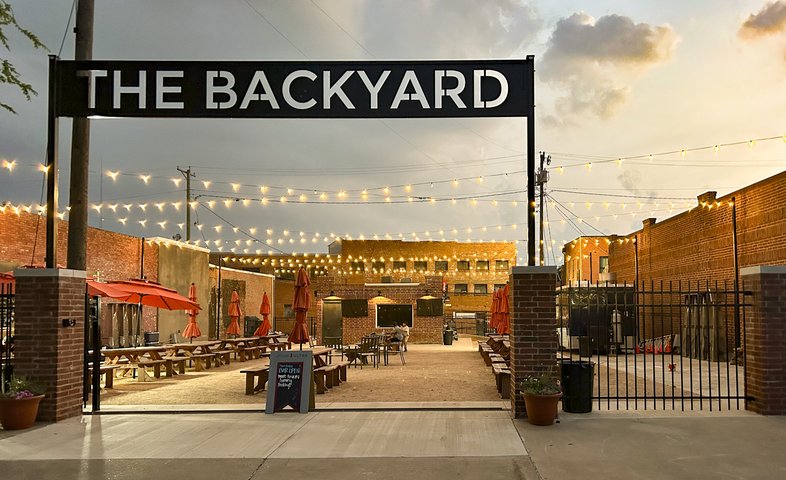
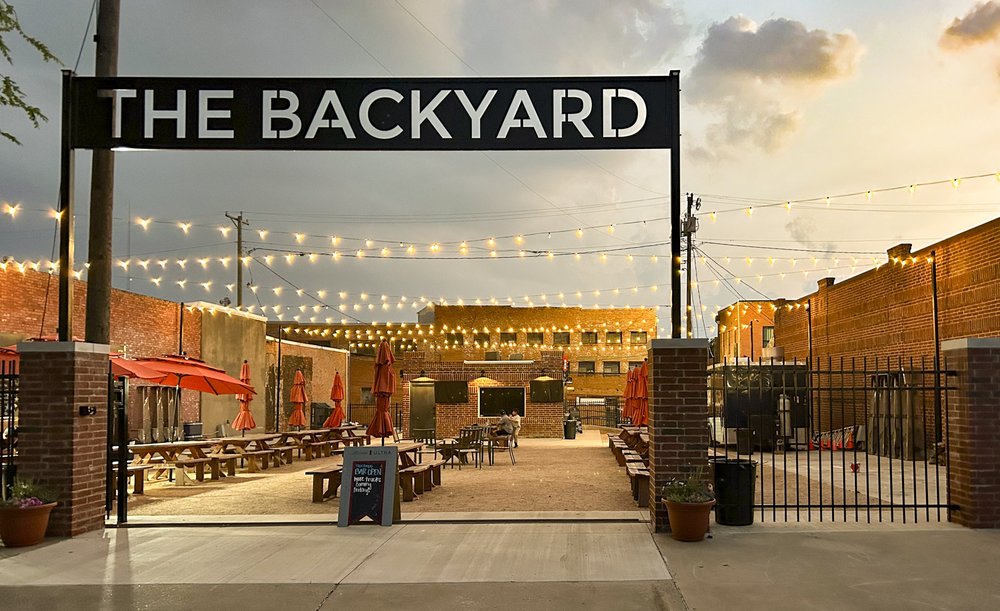
Festival Fun
Walking into the festival itself, colorful planters full of blooming flowers of all varieties catch my attention, as well as the large letters spelling ENNIS that make for a fun photo opportunity. As we wander through the streets, we check out many vendor booths and local shops. My husband's favorite purchase is a jar of spicy pickles, while mine is a cloth tote with a bluebonnet design on the front.
The live music coming from the stage draws us toward the center of the festival. The clamor of activity at the food trucks and the excited squeals of children at the carnival fill the air. We quickly claim a red and white checkered table to sample the various food trucks and engage in some people-watching. Nearby, a wall-sized, flower-filled banner serves as a background for festival attendees to take selfies and group photos. Since we have our son with us, we decide to head over to the carnival. Between the carousel, Ferris wheel and flying elephant ride, he has the time of his life.
Rainy Day Adventure
As we wake up the next day to heavy gray skies and a forecast for showers, we pack our rain jackets and boots in preparation for rainy day adventures. Because of the possibility of severe weather, the festival announces it will close Saturday and reopen Sunday.
As a strong storm rolls through, we make our first stop of the day at the Ennis Railroad and Cultural Heritage Museum. We watch a video about the history of Ennis and take in the amazing dioramas and depot replicas. Since we are there for an extended amount of time, we have plenty of time to learn about the railroad in Ennis. Railroad mogul Cornelius Ennis brought the railroad to Ennis, and by the 1930s it became known as the town “where railroads and cotton fields meet”.
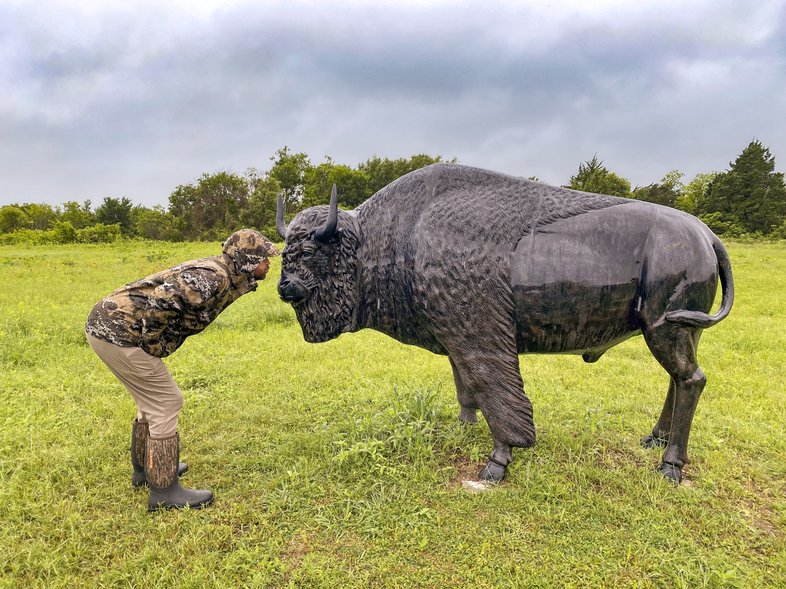
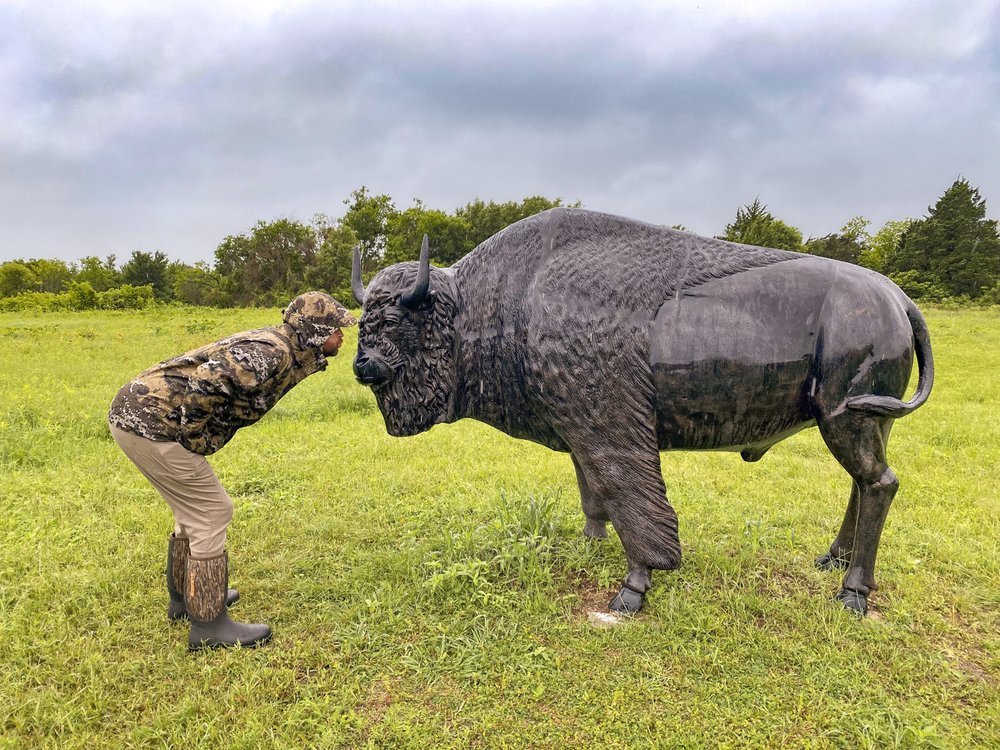
A bronze statue commemorates the buffalo that once roamed Texas' Blackland Prairie.
A bronze statue commemorates the buffalo that once roamed Texas' Blackland Prairie.
A Bronze Buffalo Sighting
When was the last time you stood nose-to-nose with a buffalo — even the statue variety? The Kachina Prairie, one of the state's last known Blackland Prairie habitats, is a 35-acre nature preserve near Lake Clark. Outfitted in our rain gear, we decide to walk the mowed trail. The heavy rains weigh down the tall grasses in beautiful patterns. We take the time to really look at the plants and notice a caterpillar with blue stripes grazing along a branch. Sometimes, the smallest critters are the most beautiful.
In the middle of the prairie is a bronze statue of a buffalo, representing a species that historically roamed the Kachina Prairie. With the heavy cloud cover, the buffalo looks iconic as it stands out against the lush green of the prairie.
The less-than-ideal weather continues through the rest of the day, but it doesn't keep us from enjoying the trails. We stay dry in the car as we travel the other trails on the map and make sure we don't miss any must-see spots.
On Sunday, we load up to head home. The last item on my to-do list is to get photos of the uniquely painted bluebonnet water tower. We make sure to drive by and check it out on our way out of town - the perfect way to cap off a blue weekend of bluebonnets and dark blue storm clouds.
Attend this Year's Festival
Bluebonnet Trails: April 1-30
Bluebonnet Festival: April 11-13
Experience Ennis
Eat
Enjoy delicious food at some of the local eateries. Check out Limerick's Sandwich Junction and From Scratch Daniel's Kitchen, both on Ennis Avenue.
Coffee
Sunshine Brews has a unique space and friendly staff to enjoy your favorite java and more.
Outdoors
Lake Bardwell offers fishing for white bass, hybrid striped bass and crappie. Purtis Creek State Park contains deciduous woodlands, open prairie and a large lake with good fishing and shady campsites. Richland Creek Wildlife Management Area lies within the Trinity River floodplain and supports a wide array of wildlife and bottomland trees.
